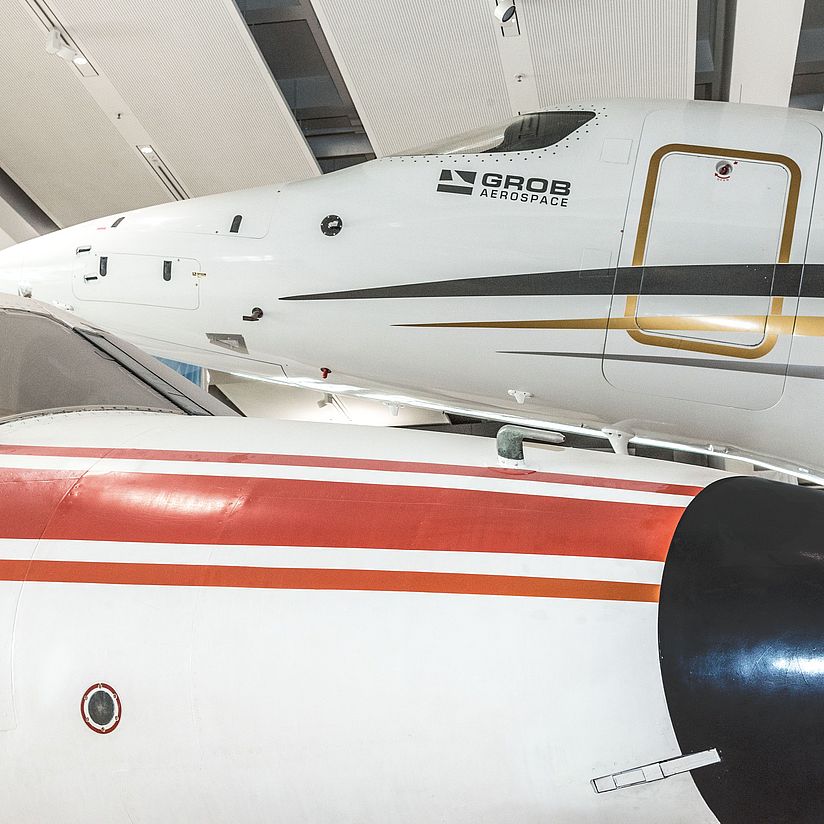
Photo: Deutsches Museum, München | Reinhard Krause Deutsches Museum
Modern Aviation
Welcome aboard
Check in, buckle up, take off: Flying is part of everyday travel for many people today. Since Otto Lilienthal’s first successful flight experiments at the end of the 19th century, aviation has become an important part of the global transportation routine. At the same time, locomotion with wings and rotors still exerts a special fascination. Why airplanes fly at all, what they are made of, how they are operated and, of course, what makes flying safe, occupy many people’s minds. “For most people, the aircraft concepts of the 1950s hardly differ from modern designs. Our exhibition therefore attempts to bring to life the technological leaps in materials, engines or aircraft control that took place over a period of 40 or 50 years using selected exhibits,” says Robert Kluge, the curator of “Modern Aviation”.
The exhibition shows a cross-section of aviation development and history since 1945 on two levels – also with a view to environmental aspects and the significance for society. Modern Aviation is divided into the following thematic areas: On the ground floor, starting with the basics of flying, the exhibition moves on to aircraft construction and the presentation of individual systems and engines. Separate sections deal with the starfighter and rotorcraft. Before ascending to the mezzanine, there is a look behind the scenes of flight operations. The mezzanine floor is then dedicated to the cooperation between air traffic controllers and pilots as well as exciting aspects of flight safety. The hall is dominated by large exhibits, entire aircraft and parts presented on floor platforms, accompanied by hanging as well as smaller exhibits, interactive media stations and exciting demonstrations. Touch models also invite visitors to touch selected exhibits.
“Admittedly, more than 3,000 square meters of exhibition space may seem generous at first glance for the topics of modern aviation. However, in view of the dimensions that passenger aircraft in particular can have, such values are quickly put into perspective. In designing the exhibition, we therefore attached great importance to exhibits that allow as many narratives as possible to be told in parallel. The Starfighter fighter, for example, stands for various technological challenges as well as for political decisions in the historical context,” says Robert Kluge.
Facts and Figures:
Location: Level 0 and 0+
Exhibition area: approx. 3130 sqm
Objects: approx. 500 (including 10 planes and 6 helicopters)
Demos and interactives: approx. 30
Media stations: approx. 30
Highlight: The flight simulator
The DA 42 NG flight simulator is a flight training device based on the twin-engine aircraft of the same name from Diamond Aircraft. The unit is equipped with an original cockpit and the corresponding instrumentation. The flight characteristics and flight performance correspond to those of the real aircraft. The simulator is equipped with a flight instructor workstation. The visual display is provided by three projectors on an all-round screen, giving the pilot an almost three-dimensional impression. The entire cartographic surface of the earth is stored in a database. This means that any airport on earth can be “approached” or simulated. During regular demonstrations, flight-experienced employees of the Deutsches Museum show various maneuvers here.
Download the Press Release
PM_Modern_Aviation.pdf (PDF 67 MB)
